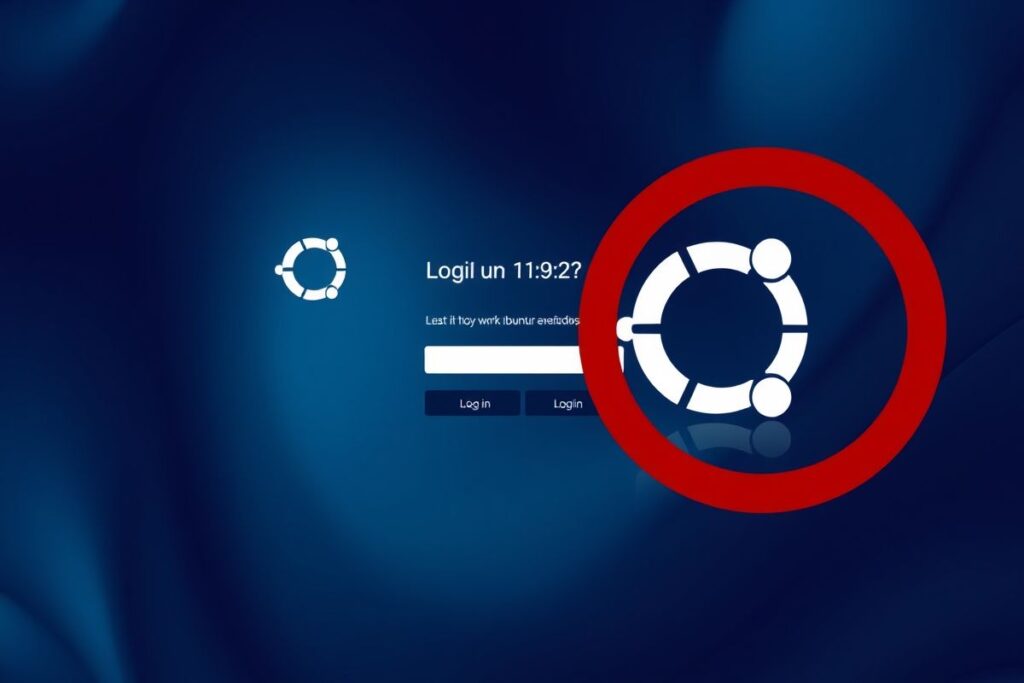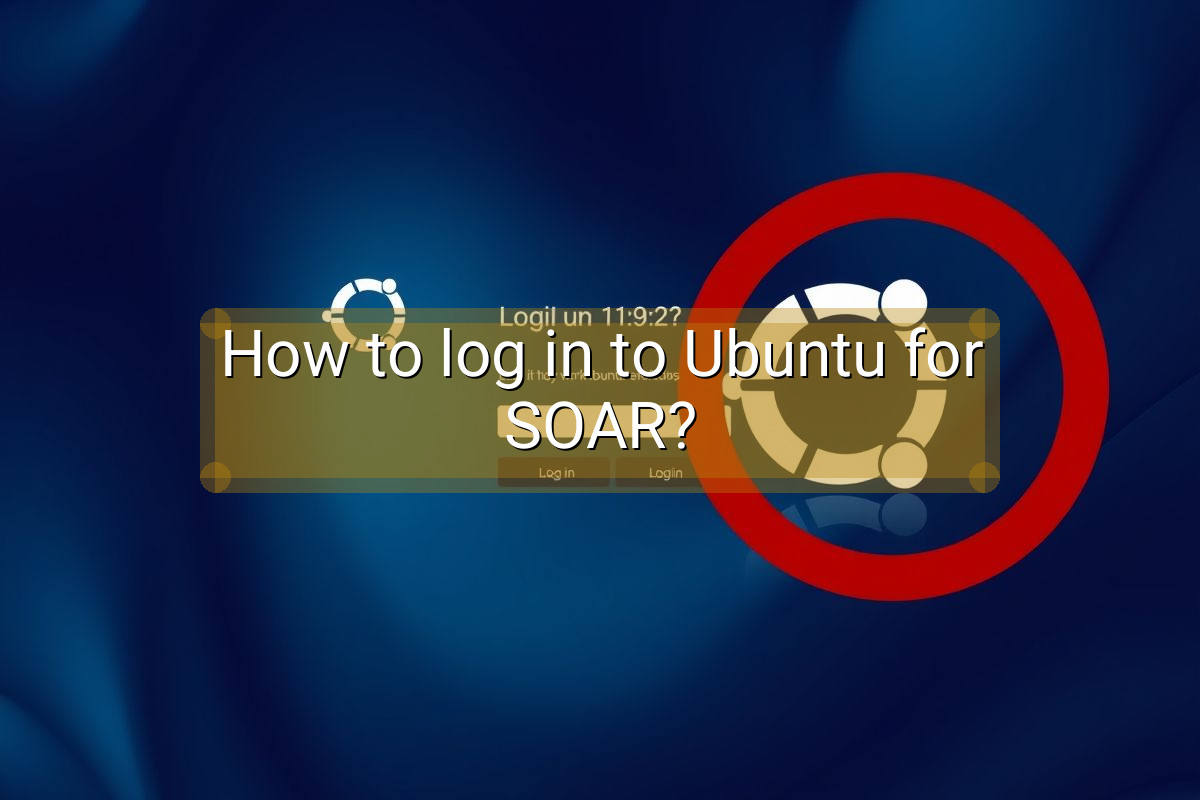How to Log In to Ubuntu for SOAR
Security Orchestration, Automation, and Response (SOAR) platforms are revolutionizing how organizations handle security incidents. These powerful tools streamline workflows, automate repetitive tasks, and enhance overall security posture. Ubuntu, a popular and robust Linux distribution, often serves as the underlying operating system for deploying SOAR solutions. This guide provides a comprehensive overview of logging into an Ubuntu system specifically configured for SOAR operations. Understanding the login process is fundamental to accessing and utilizing the SOAR platform effectively.

Logging into your Ubuntu SOAR environment might seem straightforward, but understanding the nuances can save valuable time and prevent potential issues. This guide covers various login methods, from the standard graphical user interface (GUI) login to command-line interface (CLI) access using SSH, catering to different user preferences and scenarios. We’ll also delve into best practices for secure login procedures, emphasizing the importance of strong passwords and multi-factor authentication.
Graphical User Interface (GUI) Login
Direct Console Login
If you have physical access to the Ubuntu machine hosting your SOAR platform, the most common way to log in is through the GUI. After powering on the system, you’ll be presented with a login screen. Simply enter your username and password in the designated fields and click “Sign In” or press Enter. This method is straightforward and ideal for direct interaction with the SOAR platform’s graphical interface.
Ensure your monitor and keyboard are correctly connected. Input your credentials carefully, paying attention to case sensitivity. If you encounter login issues, verify that the keyboard layout is correct and the “Num Lock” key is in the appropriate state.
Once logged in, you’ll be able to access the SOAR platform’s GUI and manage your security operations. Remember to log out when you’re finished to maintain security.
Remote Desktop Connection
Accessing your Ubuntu SOAR environment remotely via a remote desktop connection is often necessary. Applications like Remote Desktop Protocol (RDP) or VNC allow you to connect to your Ubuntu system from another computer.
First, ensure that the necessary remote desktop server software is installed and configured on your Ubuntu machine. Then, use a compatible client application on your local machine to initiate the connection. You’ll need the IP address or hostname of the Ubuntu system and your login credentials.
Remote desktop connections provide a convenient way to manage your SOAR platform without requiring physical access to the server.
Command-Line Interface (CLI) Login
SSH Access
For more advanced users or automated tasks, Secure Shell (SSH) provides a secure way to access the Ubuntu command line remotely. Using an SSH client like PuTTY or the built-in terminal on Linux and macOS, you can connect to your Ubuntu SOAR server.
You’ll need the IP address or hostname of the server and your username. Upon connecting, you’ll be prompted for your password. SSH is essential for administrators managing the SOAR platform and performing command-line tasks.
SSH is a crucial tool for managing and maintaining your Ubuntu SOAR environment. It provides a secure and efficient way to execute commands, transfer files, and automate tasks.
Console TTY Login
If the GUI is unavailable, you can log in directly through a console TTY. Press Ctrl+Alt+F1 (or F2-F6) to switch to a TTY. You’ll be presented with a login prompt where you can enter your username and password.
TTY access is valuable for troubleshooting issues or managing the system when the graphical interface is not functioning. It offers a basic but reliable way to interact with the Ubuntu system.
Remember to switch back to the GUI (usually Ctrl+Alt+F7) after you’re finished working in the TTY.
Best Practices for Secure Login
Strong Passwords and Multi-Factor Authentication
Choosing a strong password is crucial for securing your SOAR environment. Use a combination of uppercase and lowercase letters, numbers, and symbols. Avoid easily guessable passwords and consider using a password manager.
Whenever possible, enable multi-factor authentication (MFA). MFA adds an extra layer of security by requiring a second form of verification, such as a code from an authenticator app or a hardware token.
Implementing these security measures significantly strengthens your login process and protects your SOAR platform from unauthorized access.
Regularly Updating System and Software
Keeping your Ubuntu system and SOAR software updated is crucial for maintaining security. Regularly apply security patches and updates to address known vulnerabilities. This helps protect your system from potential exploits.
Updates often include performance improvements and bug fixes, ensuring your SOAR platform runs smoothly and efficiently.
Staying up-to-date with the latest software versions is a critical aspect of maintaining a secure and stable SOAR environment.
| Login Method | Description |
|---|---|
| GUI (Direct) | Logging in directly at the physical machine. |
| GUI (Remote Desktop) | Accessing the GUI remotely using RDP or VNC. |
| CLI (SSH) | Securely accessing the command line remotely. |
| CLI (TTY) | Logging in through a console TTY. |
- Always use strong passwords.
- Enable multi-factor authentication whenever possible.
- Keep your system and software updated.
